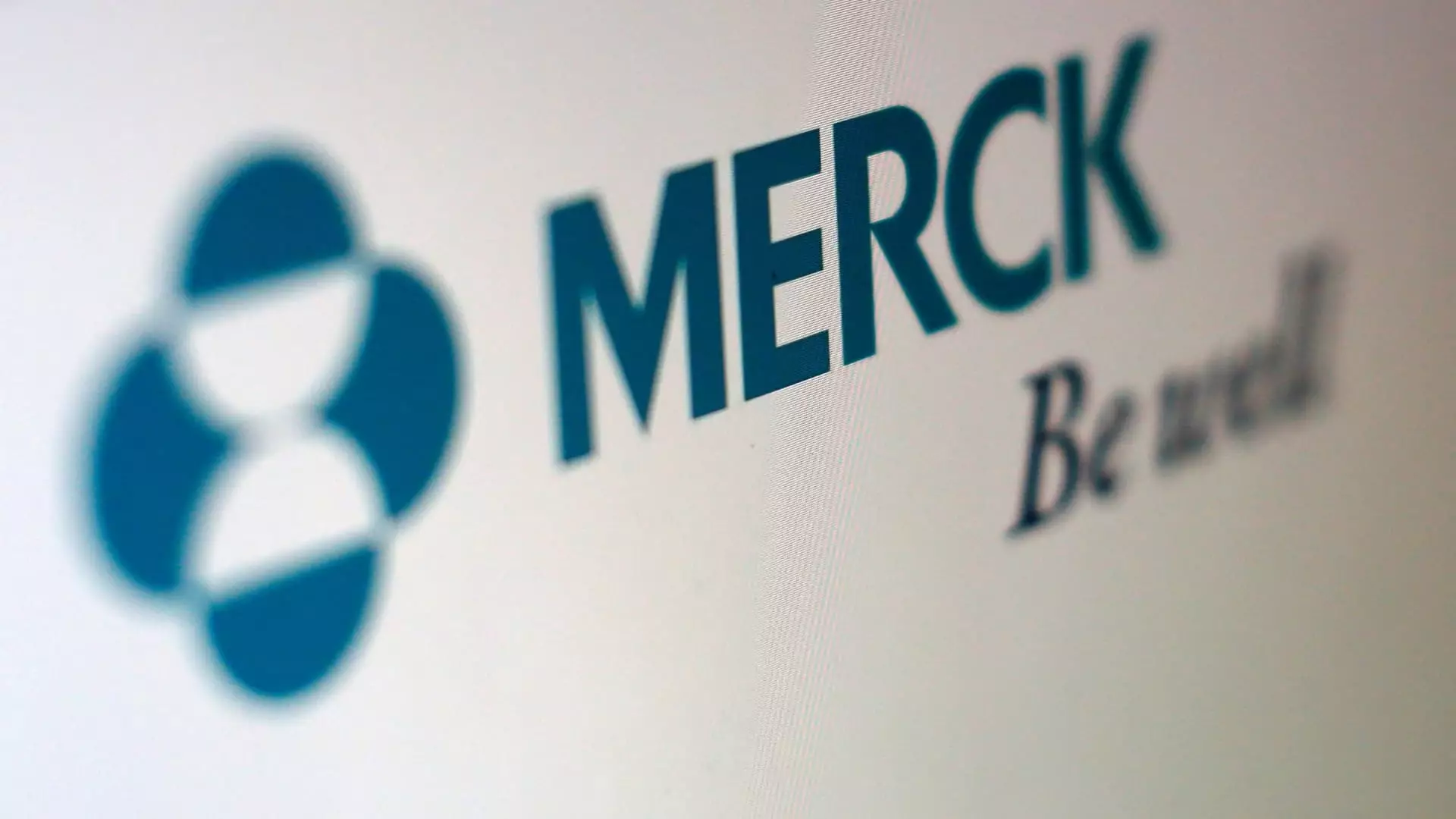In a remarkable turn of events within the pharmaceutical industry, the Food and Drug Administration (FDA) granted approval to Merck for its innovative RSV treatment, Enflonsia. While the treatment is set to provide a much-needed shield for our youngest and most vulnerable, the drama unfolding behind the scenes is as compelling as the science itself. For years, the battle against respiratory syncytial virus (RSV) has been fought largely in the shadows of other significant public health challenges, but now, this approval not only signifies progress in infant health but also raises questions about accessibility and competition.
Merck’s venture into this arena comes at a critical time as RSV is responsible for thousands of hospitalizations each year, particularly among infants and the elderly. This dual-threat nature of the virus has left many healthcare systems scrambling for effective solutions. With the introduction of Enflonsia, Merck aims to elevate the existing arsenal against respiratory illnesses, pitting it directly against Sanofi and AstraZeneca’s Beyfortus, which has suffered from supply shortages amid booming demand. This situation foreshadows a fierce competition brewing in the market, igniting hope for families overwhelmed by the burden of RSV.
The Promise of Efficacy
Enflonsia promises an impressive efficacy profile, boasting that it reduces RSV-related hospitalizations by a staggering 84%, compared to a placebo during clinical trials. The ability to decrease instances requiring urgent medical care is crucial, as every parent knows that a single hospital stay can disrupt lives for weeks, if not longer. Merck has expertly designed its monoclonal antibody treatment for ease of administration; it can be given to infants regardless of their weight, a significant improvement over Beyfortus, which mandates weight-based dosing. This feature could prove pivotal, ensuring that healthcare providers can deliver care swiftly and efficiently.
The implications of such a breakthrough are not to be understated. Every hospitalization avoided means fewer parents missing work, less strain on an already burdened healthcare system, and ultimately, healthier lives for countless infants. This innovative solution has the potential to transform infant care during the high-tide months of RSV, which traditionally run from late fall through spring.
A Competitive Landscape
However, the question arises: How will this competition shape the future landscape of RSV treatments? On one hand, healthy competition tends to spur innovation and push companies toward higher standards—something for which patients should be grateful. On the other hand, the so-called “arms race” between Merck and its rivals risks sparking a worrying trend of price wars that may position profitability above patient welfare. There’s a delicate balancing act here, and how these companies navigate this will reveal much about their true priorities.
In the backdrop, Sanofi is ramping up its efforts to alleviate supply shortages for Beyfortus, another indication of how seriously the stakes have risen. The confluence of aggressive supply strategies and heightened demand means that consumers might be at risk of encountering confusing messaging. Will the market saturation of RSV treatments lead to complications in patient choices, ultimately hindering the informed decision-making process that is foundational to patient-centered healthcare?
The Bigger Picture: Implications for Public Health
It’s also worth noting that while the focus has been on monoclonal therapies, the FDA’s ongoing evaluation of RSV vaccinations in young children reflects a larger public health concern: the safety of preventative measures that must undergo stringent scrutiny. If Merck’s entry effectively pushes the conversation around RSV treatment and prevention, can we expect a resurgence of interest in developing a comprehensive RSV vaccine? The landscape is shifting, but the need for caution cannot be overstated.
As we edge closer to the RSV season, the market dynamics surrounding Enflonsia may signal an exciting new chapter for infant healthcare. However, it also holds a mirror up to the complexities of pharmaceutical motivations, competition, and the overarching necessity for equitable access to life-saving treatments. The positive sentiment surrounding the approval of Enflonsia cannot compensate for potential pitfalls in availability, education, and affordability for families that desperately need support. As we stand on the precipice of this medical advancement, one thing is clear: the stakes have never been higher.

